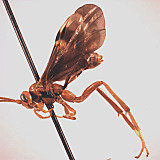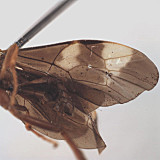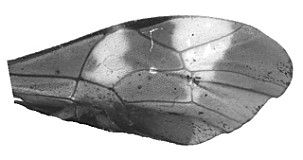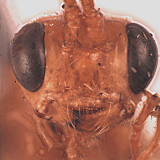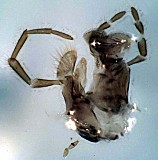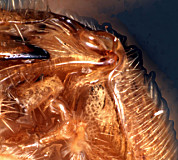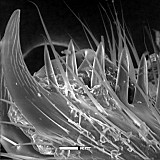Physotarsus maculipennis (Cresson, 1874)
Tryphon maculipennis: Dalla Torre 1902: 298 (catalog); Cresson 1916: 40 (lectotype designation).
Scolobates maculipennis: Townes 1946: 39 (new combination).
Physotarsus maculipennis: Townes & Townes 1966: 139 (catalog); Townes in Townes & Townes 1966: 330 (description of genus; designation of P. maculipennis as type species); Townes 1970: 102-103 (copy of original generic description, listing the type species); Yu & Horstmann 1997: 455 (catalog); Zhaurova and Wharton (2009): 9, 36-38 (key, redescription).
This species is most similar to P. varicornis, with which it shares the smooth body, pectinate claws, and dark wing with pale subapical band. Physotarsus varicornis is a distinctly darker species.
There are no specimens currently determined for this OTU, or those specimens determined for this OTU are not yet mappable.
This material is based upon work supported by the National Science Foundation under Grant Number DEB 0328922 with REU supplements DEB 0723663.
Any opinions, findings, and conclusions or recommendations expressed in this material are those of the author(s) and do not necessarily reflect the views of the National Science Foundation.

